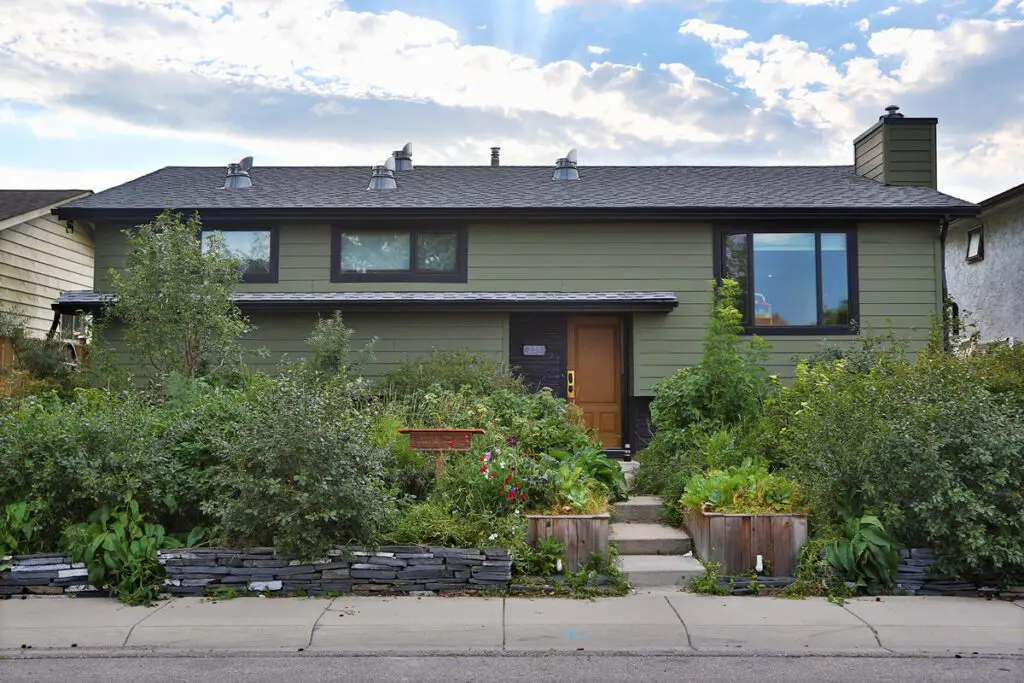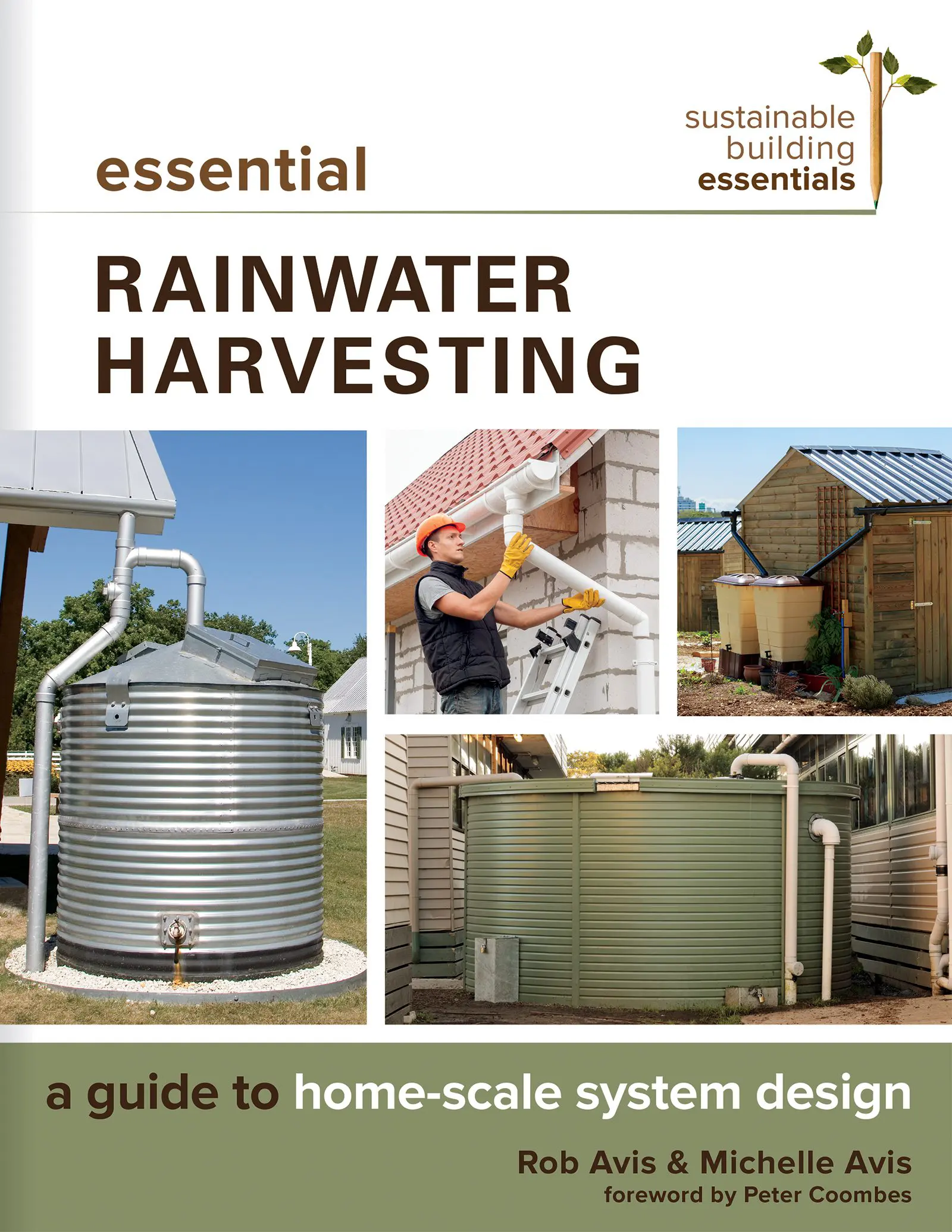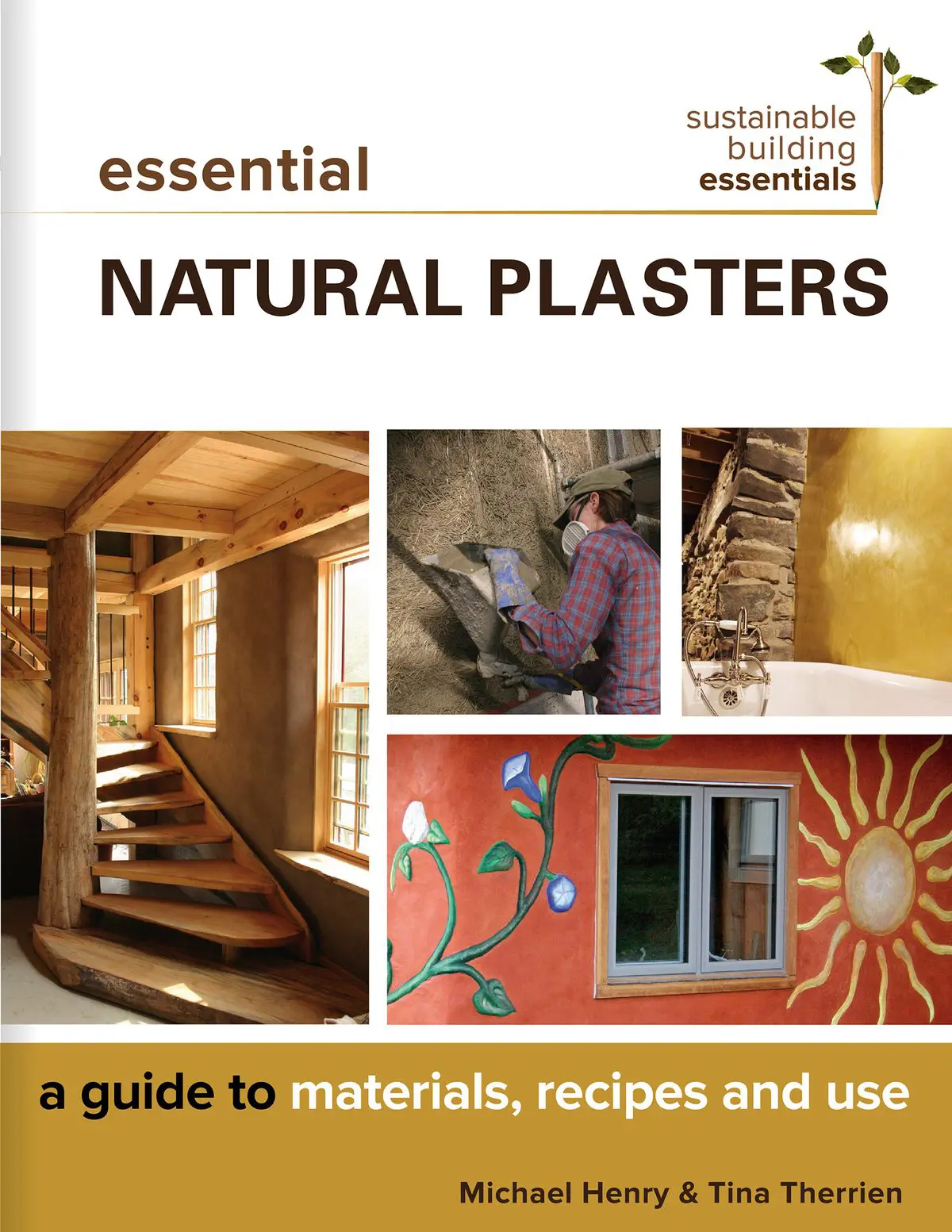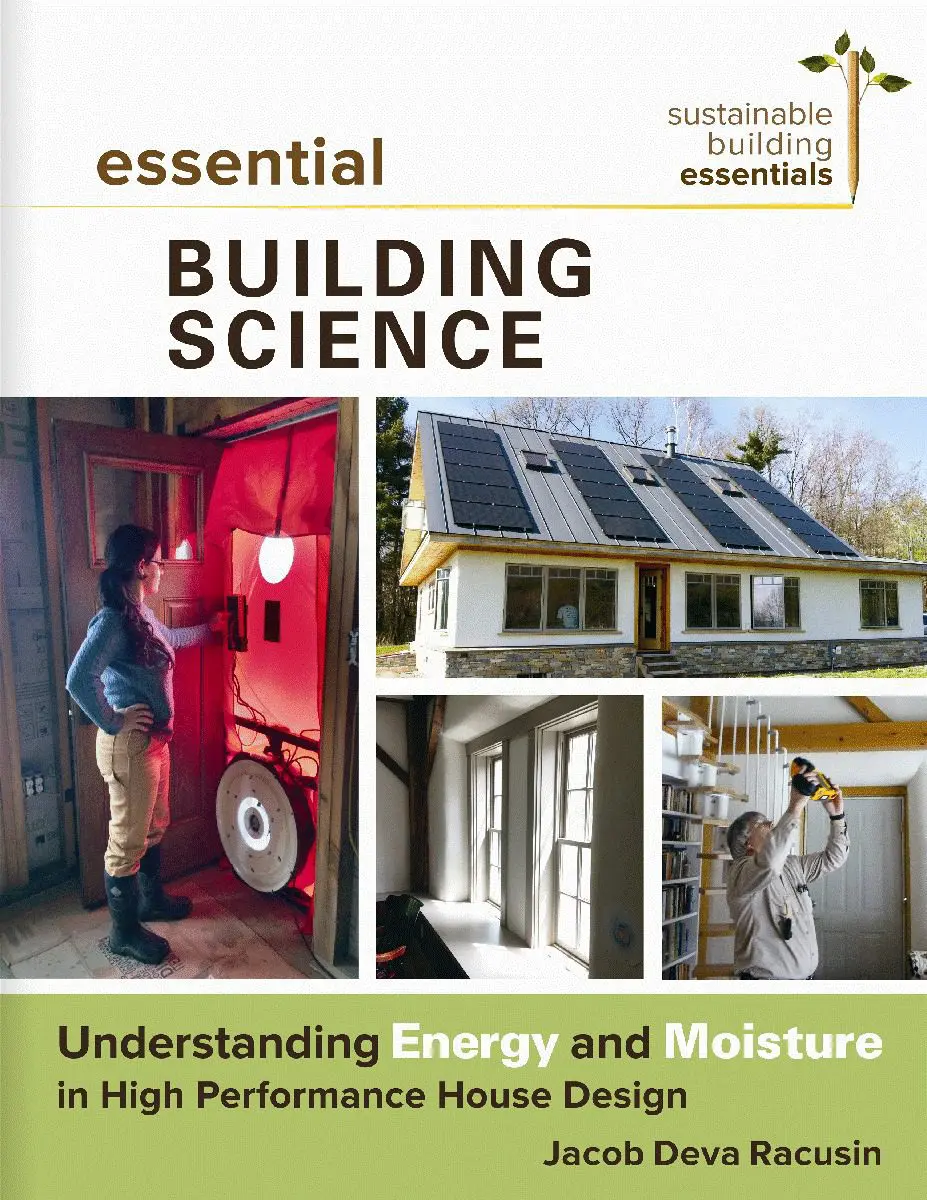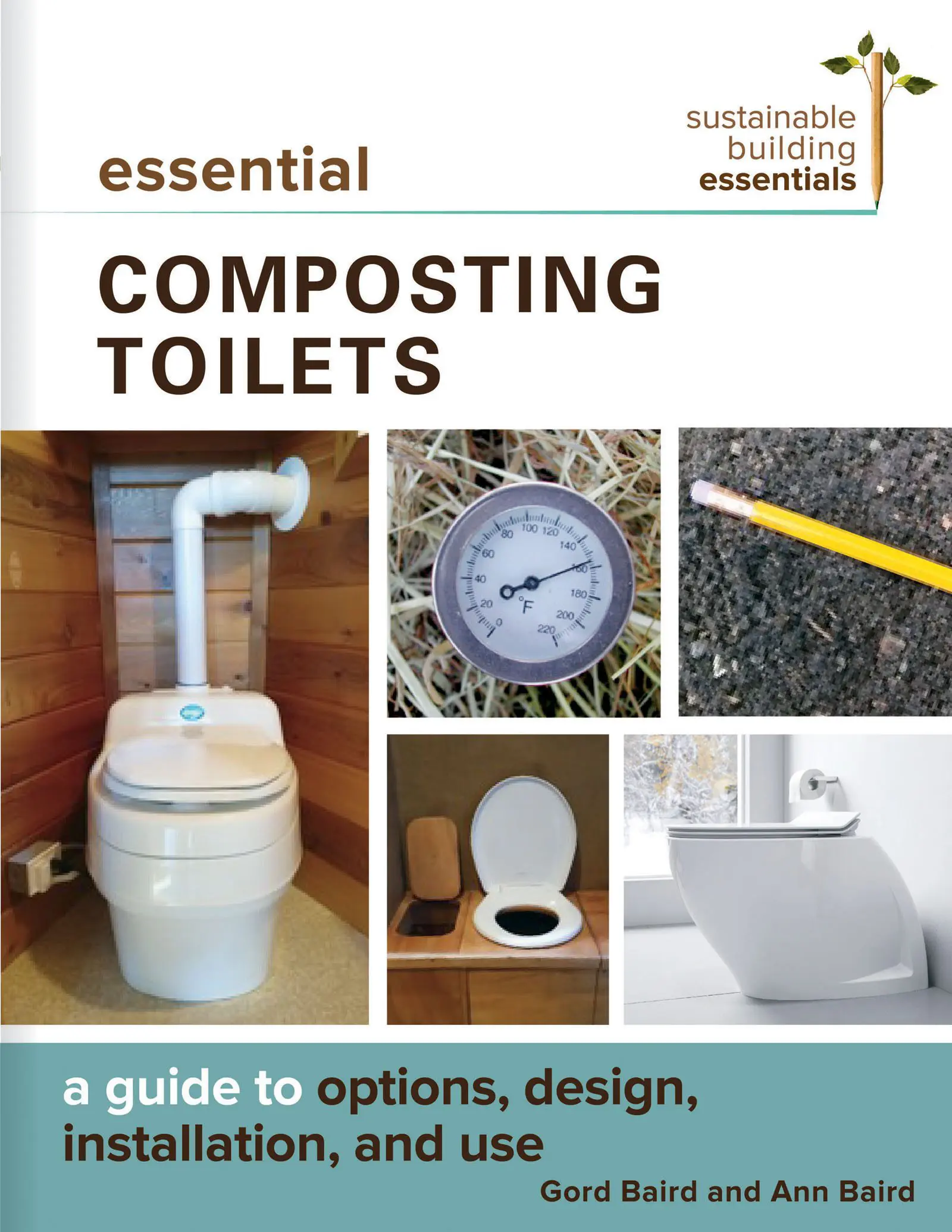
Access to water is becoming a major concern as the climate changes and more and more regions experience drought and unpredictable rainfall. Particularly in North America, aging water purification and delivery infrastructure is also rapidly compounding the problem. Rainwater collection can help ease pressure on both local watersheds as well as regional water infrastructure, while also providing some peace of mind to the homeowner – and a lower water bill.
Essential Rainwater Harvesting, from Michelle and Rob Avis, is a great resource for homeowners and tradespeople, providing tools and information, along with step-by-step design help, to build an effective collection system that’s tailored to your situation.
Chapter 2: Fundamentals
In this chapter, we present the preliminary considerations and some of the fundamentals you’ll need to understand before jumping into calculating the system sizing and other requirements. This will help you determine what benefits you might expect depending on your system set-up and how to approach the design process as a whole.
Water Quality
There are many things that will degrade — and some things that will improve — the quality of the rain-harvested water that comes out of your tap.
Some things that may degrade your water quality are:
- Contamination by biological material, such as leaves and decay left on the roof and in gutters, as well as feces from birds and other small animals deposited on your catchment surface or directly into your tank.
- Pollutants from the atmosphere. This is particularly a concern if you live near an industrial area or in a rural area where agricultural sprays are commonly used.
- Compounds leached from RWH materials. Your roof, your gutters, your tank, and your piping (or the coatings in/on them) may leach contaminants into your water, with some materials leaching more than others, particularly when exposed to UV.
- Compounds leached from the materials of your indoor plumbing fixtures. Although perhaps not technically part of the RWH system itself, know that even your indoor plumbing (indoor copper or PEX piping, etc.) and your hot water tank may leach compounds into the water that exits your tap.
Regardless of these potential contamination sources and risks, a well-designed and sensibly maintained home-scale RWH system has been shown to act as a treatment train and deliver water of a quality suitable for many end uses, including drinking.
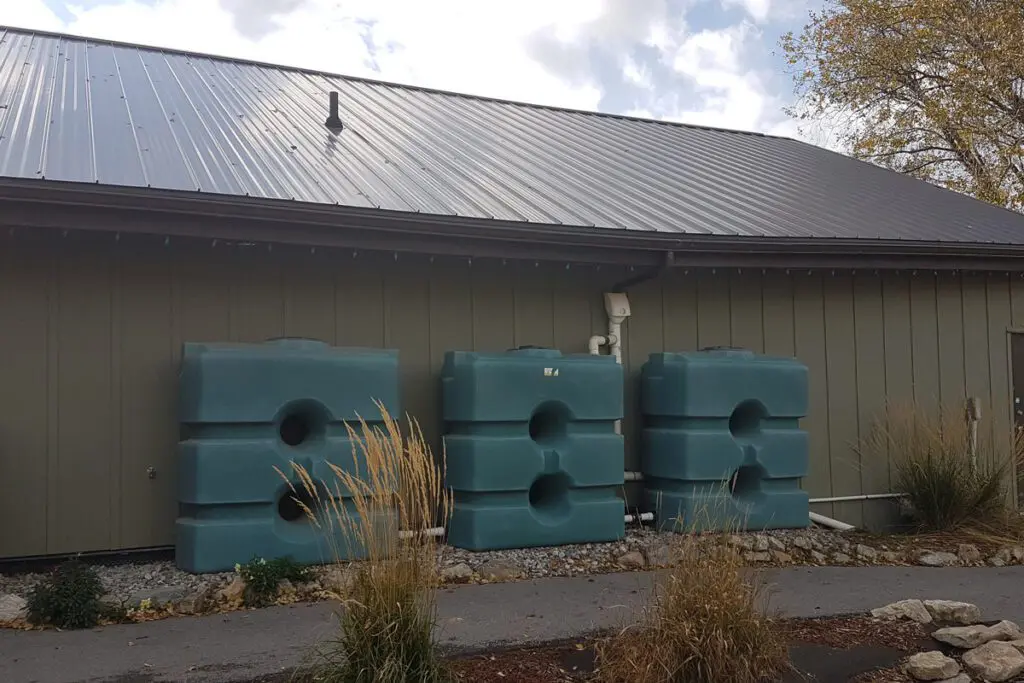
What does it mean to be well designed and sensibly maintained? Answering that is, in part, the purpose of this book. But to summarize, and give you a sneak peek, as the designer and the owner of the RWH system, your job is to:
- Minimize the contamination sources and vectors through your upfront material and design choices (such as the layout of components and the inclusion of components like screens).
- Design for easy maintenance, including consideration of maintenance during layout and component choices.
- Support the inherent and naturally occurring treatment processes going on in your tank.
This includes:
- Design and operation that minimizes contamination inflows into your rain tank.
- Design and operation that encourages sedimentation (and the resulting removal of heavy metals from the water column).
- Design and operation that supports the actions of the functioning ecosystems within the tank (these ecosystems provide vital water-cleaning services).
- Design that ensures that the sedimentation layer is not disturbed when water is drawn from the tank.
- Routine maintenance on an ongoing basis.
If you do all of the above, and follow the good design and sensible maintenance practices outlined in this book, your harvested rainwater will be clear, will have little taste or smell, and will be of good quality, without the need for end-point ultraviolet (UV) disinfection, ozone disinfection, or chlorine sterilization.
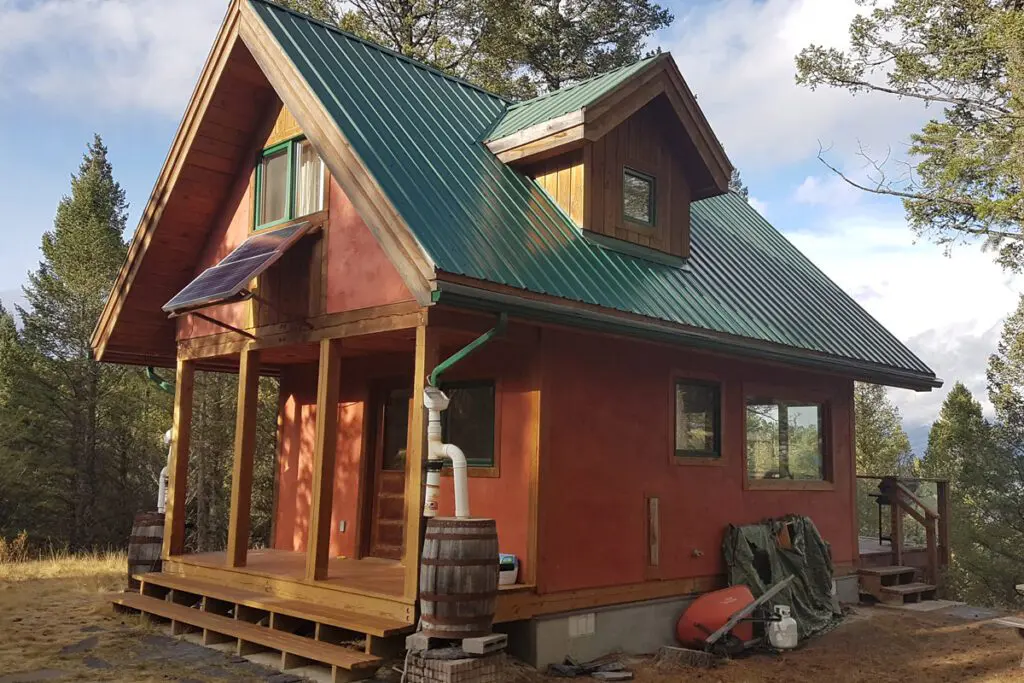
Thinking About Demand
Demand is the first side of the equation when it comes to rainwater harvesting. Demand can be thought of as simply: What am I planning on using this water for? Examples of typical uses for rainwater include: domestic supply where high quality is required (drinking); domestic supply where mid- or lower-quality water is acceptable (toilet flushing, washing machines, lavatory faucets, etc.); and irrigation. Your local laws may, however, disallow certain uses for rainwater (such as drinking or showering), which will narrow your early design options.
More specifically, to determine demand for your intended uses, you’ll need to determine:
- the volume of water needed
- the quality of water needed
- seasonality (the volumes required over time)
Domestic water use typically stays constant in a household over the course of a year, as long as the number of occupants stays relatively constant. For instance, a family can be expected to use approximately the same amount of household water (showering, cooking, toilet flushing) each month over the course of the year. An exception to this would be a vacation home or other seasonal dwelling.
Water volumes can also vary quite significantly based on the types of fixtures (i.e. high-efficiency vs standard). A common example of this is an ultra low-flush toilet vs a standard toilet.
Irrigation volumes will depend on the land size, aridity, and soil carbon levels, as well as plant species; these demands are usually seasonal. (And remember that healthy soil will require less water.)
